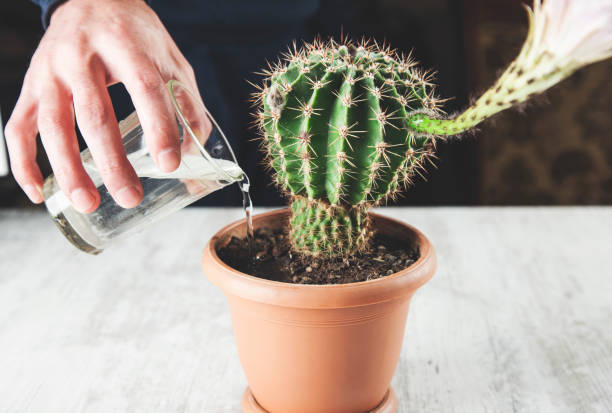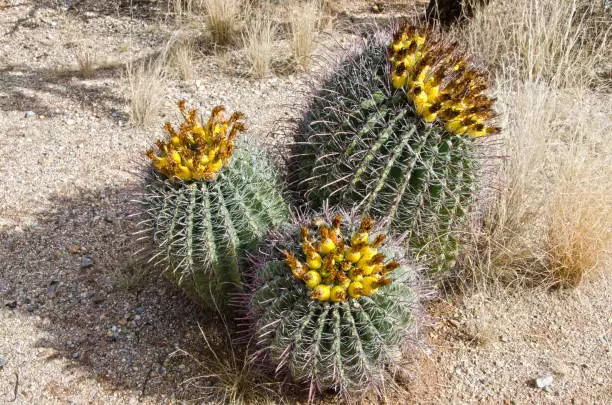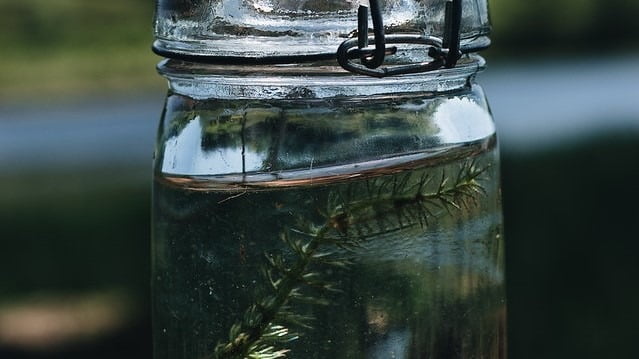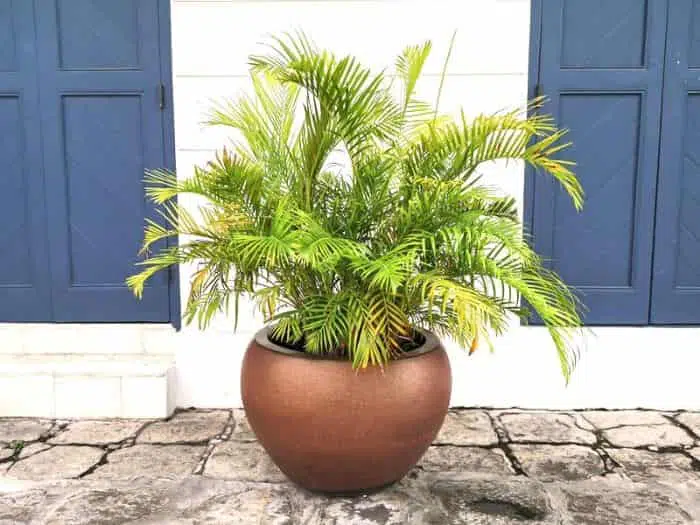Response to stimuli is one of the characteristics of all living organisms. Plants do this through movement and changing their growth patterns. One of the most notable reactions of plants towards changes in their surroundings is curly leaves.
Typically, a healthy plant has rich, green, healthy foliage. Therefore, if the leaves start to curl, it means that there is a problem. However, with proper care, affected plants might recover to their original healthiness.
The hydrangea plant is not an exception. This article explains in detail curling variations of hydrangea leaves, the causes of curling, ways to stop it, and preventive measures that can be adapted to inhibit it.
Types of leaf curl on hydrangea
Typically, leaves of hydrangea have a healthy proper structure. They also have a beautiful appearance. However, ecological changes might affect their health drastically. As a result, the leaves of this plant may curl in three different ways depending on the environmental factors. Here are the three different curling variations of hydrangea plant leaves.
- Leaves curling down: This is where the leaves of the hydrangea plant start growing and twisting in the direction of the ground. In some cases, it is called the drooping leaf. Some of the causes of this include overwatering and phosphorus deficiency
- Leaves curling upwards: It is a condition where hydrangea leaves twist and become curve-like, heading in an upward direction. It is mainly caused by an insufficient supply of water.
- Inward Leaf Curl: In this curling variation, the tips and the margin curl in a cup-like manner. Some of the causes of this include pests and viruses, and herbicide effects.
What causes hydrangea leaves to curl?
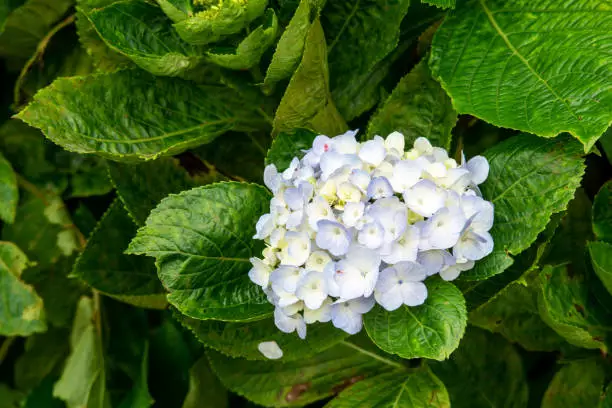
Now that we have explained the different types of leaf curls, it is good that we explain the causes. In the previous section, we just touched on some of the causes, here we are going to go into detail about what happens.
Generally, leaf curling in hydrangea plants is caused by the following factors:
1. Excess watering
Every plant needs its requirements in moderation.
Overwatering hydrangea plants causes the plant to show symptoms that are almost similar to a watered plant. The main symptom is curly leaves. In essence, overwatering usually causes hydrangea leaves to curl downwards.
Here is what happens;
Overwatering deprives the roots of the oxygen they need to produce energy to transfer water and mineral salts to the leaves for photosynthesis. Therefore, damaged roots cannot absorb and transport more water to the upper parts of the plant. Leaves of hydrangea plants curl downwards due to this
2. Insufficient water supply
When there is an insufficient amount of water provided for the hydrangea plant, the leaves curl upwards. The main reason for the upward curling of leaves is to seek protection from sunburn exposure now that they don’t have much water to emit. This then enables the plant to survive water deprivation for a bit longer. They also curl to prevent more water loss to the atmosphere through transpiration.
3. Diseases
Diseases such as leaf spots, powdery mildew, and root rot cause the hydrangea plant’s leaves to curl. They either bend from the damage these diseases expose them to or as a defense mechanism to control the disease from attacking the plants severely.
How does this happen?
Powdery mildew covers the leaf surface, hindering photosynthesis. Since it mostly affects the upper part of the leaves, they will curve up to allow the lower part to conduct the nutrients-production process. Powdery mildew also leeches on the plant’s nutrients, causing the leaves to wither, a condition that makes leaves curl upwards.
Leaf spots occur when a fungal settles on a wet surface of a leaf. Then reproduction takes place, making the spot enlarge and spread to other parts of the blade. This disease also deprives the plant of nutrients. As a result, the hydrangea leaves start curling.
4. Pests
The attack on hydrangea plants by pests is another common cause of leaf curling. In most cases, the leaves curl inwards.
Here is what happens;
The leaves curling inwards is mostly caused by sucking insects such as lace bugs and aphids. They usually feed on the lower side of the leaf when it is young. This damages the cells of the leaves, distorting them in shape. As a result, the leaves curl inwards.
5. A sensitive type of hydrangea plants
The sensitivity of some hydrangea varieties is very high, even to the slightest environmental changes. When such types get exposed to a bit of cold, they might react by curling their leaves.
6. Insufficient supply of some minerals
Some minerals are essential to maintaining the state of leaves of the hydrangea plant. One of these minerals is phosphorus. Here is why;
Phosphorus plays a vital role in boosting the development of hydrangea plants. It is a requirement for photosynthesis. If the plant lacks phosphorus, the production of nutrients becomes ineffective, leading to the curling of leaves downwards. It is because the plant lacks enough energy to sustain development.
Besides that, phosphorus plays a role in enhancing root development. If the roots fail to grow and develop effectively, absorption of moisture and mineral salts for uptake to the leaves for food production will not take place. It contributes to leaves lacking enough water leading to downward curling of leaves.
How to stop hydrangea leaf curl
Curly leaves are very disappointing to the gardeners, especially when they occur unexpectedly. In case one observes such symptoms in their hydrangea plants, here are the ways to stop it.
- Moderate the amount of water.
As stated earlier, hydrangea plants require moderate conditions for better growth and survival. Make sure that you provide just the right amount of water that the plant needs.
- Use Insecticides
Appropriate insecticides should be sprayed on the plant leaves to control insects that cause them to curl. You can use a potassium salt of fatty acids to control aphids.
- Spray Fungicides
To control fungal diseases that cause leaf curling, spray sulfur-based fungicides.
- Apply Phosphorus-Rich Supplements
In case of downward curling of leaves, apply phosphorus-rich supplements to enhance water absorption. This will go a long way in minimizing the curls.
Prevention
Prevention is better than cure. Avoiding the actual curling of hydrangea leaves is the best way to go about this whole situation. Here are some of the means of preventing blade curling from taking place.
- Ensure that from the time of planting up to maturity, the plants are neither deprived of water nor offered excess.
- For the prevention of fungal diseases, providing a well-ventilated area is crucial. Fungal infections are caused by dampness. Therefore, a spacious place with fresh air should be provided for the better growth of hydrangea plants.
- To prevent the next generation of pests, spray insecticidal soap after five to seven days of killing any new insects that might have been produced.
- Maintain an appropriate temperature to ensure minerals such as phosphorus are not affected in terms of uptake.
Growing hydrangea plants can be challenging, especially when it comes to helping them deal with the effects of environmental changes. The primary outcome of such changes is leaf curling in different variations as inward, downward, and upward. Knowing about its causes is excellent as it becomes easy to control and prevent. Excellent performance of hydrangea plants is guaranteed if the above preventive measures are followed.
